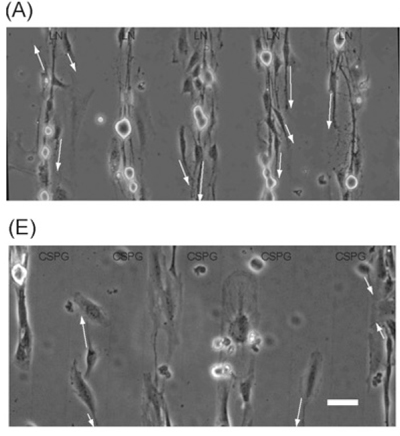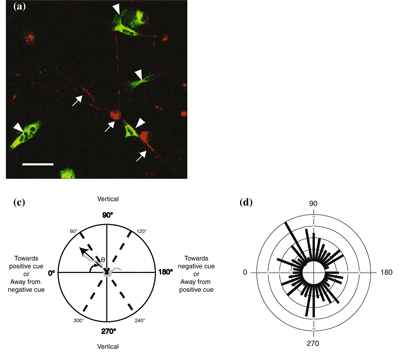Axon Guidance by Permissive and Inhibitory Molecular Gradients


During development, correct guidance of growing axons is critical in order to establish the precise connections of the nervous system that are essential for proper brain function. Neurodevelopmental disorders that result from improper connections in the brain can lead to damaging disease states in humans. The interdisciplinary approaches of these studies, including microfluidics and chomophore-assisted laser inactivation, work toward a more quantitative understanding of axon growth decisions. We seek to assess how gradients of permissive and repulsive molecules guide axon decisions, giving particular attention to the complex situation of guidance by two contrasting molecules, a system that more closely approximates axon guidance conditions in vivo. We are testing the hypothesis that axons make growth decisions in multi-molecular gradients by integrating growth-promoting and growth-inhibitory factors—including extracellular gradient parameters, receptors, and intracellular signaling pathways. This work, to advance a more complete comprehension of the mechanisms underlying axon navigation, is critical for elucidating the basis of improper brain development.


